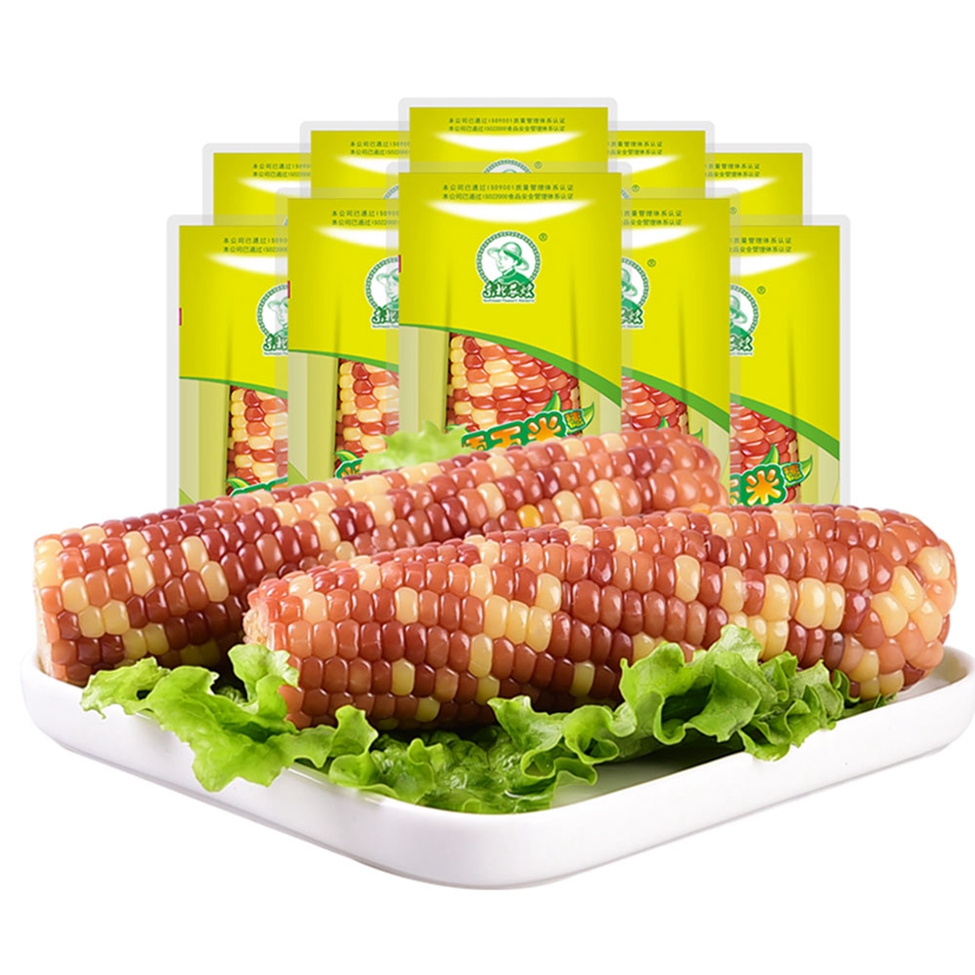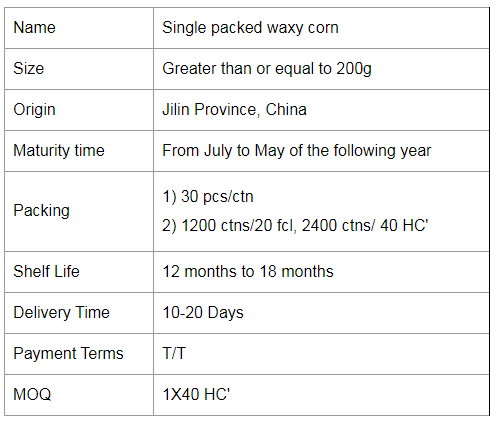â—† Non-toxic: The reagent components in this product are routine safety chemicals, which are different from the DEPC used in the traditional laboratory methods. (DEPC is a strong carcinogen - citing molecular clones).
â—† Efficient: It contains a variety of ingredients, can effectively inactivate RNase contamination of solid surfaces, and ensure the clean working environment of RNA. The product stock can inactivate up to 100 ug of RNase in 5 minutes.
◆Easy operation: The product adopts “spray + wipe†design, which is simple and effective for processing the countertop (with special sprayer and special wiper in the product), instruments and so on. No autoclaving is required after treatment.
â—† Wide range of uses: can handle countertops, instruments, etc. And it has been widely used by more than 600 laboratories nationwide.
Specifications and ingredients 250 mL packaged product 250 mL
Watering can 1 Wipe cloth 1 piece Instruction 1 Shipping and storage at normal temperature for transportation and storage, valid for two years.
Method of use â—† Water treatment directly add the solid phase RNase scavenger stock solution to the water to be treated in a ratio of 1:1000. Mix well and let it stand for 24 hours at room temperature. The obtained water can be used to prepare the electrophoresis solution and the lysate. However, if it is necessary to dissolve RNA, a liquid RNase scavenger (CAT#: 3091) is recommended.
â—†Working platform cleaning:
Spray the solid phase RNase scavenger stock solution or 10 times fresh dilution directly onto the countertop, wipe it off with absorbent paper after 5 minutes, and then wipe it with absorbent paper with 1000 times fresh dilution of solid phase RNase scavenger. .
Note: Due to the serious contamination of the RNase on the general working platform, it is recommended that you use the solid phase RNase scavenger stock solution or ten times the fresh dilution solution (the fresh diluent should not be stored for more than one day). Do not use a dilution with a dilution greater than ten times. liquid.
â—† Cleaning of experimental instruments:
Wipe the surface of the instrument with a paper soaked with solid phase RNase scavenger stock solution or 10 times fresh dilution solution, then wipe with absorbent paper, and finally wipe it with absorbent paper with 1000 times fresh dilution of solid phase RNase scavenger. dry. The time to treat metal instruments with the solid phase RNase scavenger stock solution should not exceed 5 minutes.
Note: Due to the serious contamination of RNase in general laboratory instruments, it is recommended that you use solid phase RNase scavenger stock solution or ten times fresh diluent (the fresh diluent should not be stored for more than one day). Do not use dilutions with a dilution greater than ten times. liquid.
â—† Cleaning of glass and plastic utensils:
Immerse the vessel in 10 or 100 times of the fresh dilution of the solid phase RNase scavenger, leave it for 5 minutes, remove it, and soak it twice or more with the solid phase RNase scavenger 1000 times or 10000 times the fresh dilution. After the dry, spare.
Note: Due to the serious RNase contamination of glass and plastic containers after cleaning (but generally better than the working platform and laboratory equipment), it is recommended that you use the solid phase RNase scavenger 10 times or 100 times fresh dilution for the first time. Do not store the fresh diluent for more than one day. Do not use a dilution with a dilution greater than 1000 times.
â—†The cleaning of the pipette:
Remove the front end of the pipette according to the manufacturer's hand, leave the interface plug and trap and dip it in 10 or 100 times of the fresh dilution of the solid phase RNase scavenger for one minute, then remove it with solid phase RNase. Rinse thoroughly with 1000 times or 10,000 times of fresh dilution, dry and replace the pipette.
â—† Cleaning of plastic centrifuge tubes and dripper:
Immerse the reaction plastic centrifuge tube and dripper in a 1000-fold fresh dilution of the solid phase RNase scavenger for more than 5 minutes (preferably without bubbles), and then use the solid phase RNase scavenger 1000 times or 10000 times fresh. The dilution is fully soaked twice, and the tube or tube can be used immediately or dried for later use.
How to measure the inactivation of RNase in this product? Add RNase solution to two 1.5mL plastic centrifuge tubes, so that the total amount of RNase is between 10 and 100 ug, dry naturally (about one day) or heat to make water. Evaporate, add 1 mL of this product to one sample, and add 1 mL of RNase-free water (control) to another sample and let stand for 5 minutes at room temperature (be careful not to create bubbles on the tube wall as it will block the solution and the RNase on the tube wall) Molecular binding), then carefully aspirate the solution and add 1 mL of water, let stand for 1 minute, carefully aspirate, repeat the water wash step, and finally add 2.5 ug total RNA sample, incubate at 37 ° C for 30 minutes, add RNA electrophoresis, and electrophoresis Observe the integrity of the RNA molecule. Complete RNA indicates that the RNase in the tube has been inactivated.
Relationship between dilution of solid phase RNase scavenger and inactivation of RNase
RNase amount (in 1.5mL centrifuge tube)
Dilution 0.5 ug 5 ug 50 ug 100 ug
Stock + + + +
10 times diluted + + + +
100 times diluted + + + -
1000 times diluted + - - -
Table Note: All inactivation conditions were left at room temperature for 5 minutes, "+" means 100% inactivation, "-" means partial inactivation or inactivation. RNase is obtained by adding a liquid solution to a 1.5 mL plastic centrifuge tube and drying the dilution.
Single Packed Mottled Waxy Corn
Waxy corn comes in a variety of colours. Some people wonder if waxy corn is a genetically modified product. In fact, it is not. Waxy corn originated in China. It is caused by a genetic mutation. Artificial selection gradually led to the emergence of a type of tannin.
Waxy corn, also known as waxy corn, is sticky corn. The grain has coarse, waxy endosperm, similar to shiny, glassy (clear) grains such as hard and dented corn. Its chemical and physical characteristics are controlled by a recessive gene (wx), which is located on chromosome 9. 100% of the starch in the endosperm is straight-chain starch.
Coloured glutinous corn is generally white, yellow, red, purple and black, with white, yellow and purple corn being the basic colours. Purple and white hybrids naturally become purple if the purple gene "beats" the white gene and vice versa, so if the two tie we see white and purple corn. Purple can turn into red and black corn, or as we often say, "red is purple and black is purple". Of these colourful corn, the most common yellow waxy corn is the most nutritious as it is rich in carotenoids...
Currently, the only genetically modified foods sold on the Chinese market are soybean oil and papaya. Waxy maize is a hybrid variety and is not associated with genetic modification. Therefore, it can be concluded that glutinous maize is a hybrid variety and has nothing to do with genetic modification.
Genetic modification is a type of "genetic engineering" in modern science and technology, which makes use of modern molecular biology techniques. Hybridisation is the mating of individuals of different genotypes to produce offspring that are different from the original "pure" breed. In a sense, it belongs to the natural exchange of genes that can occur in nature.



Colorful Waxy Corn,Colorful Mottled Waxy Corn,Single Packed Mottled Waxy Corn,Single Packed Colorful Waxy Corn
Jilin Province Argricultural Sister-in-law Food Co., Ltd. , https://www.nongsaocorn.com